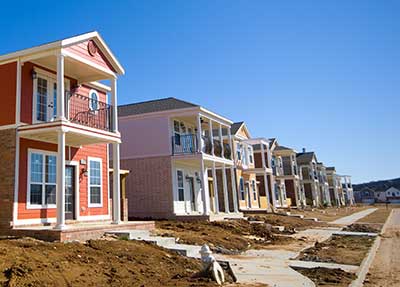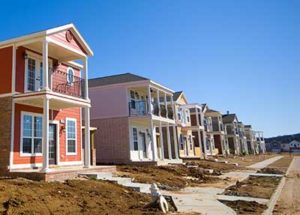As is true with any emerging trend, misunderstanding often plays a lead role. When it comes to the increasing use of local home fire sprinkler trade up incentives, there’s no lack of confusion. Let’s clear this up here.
Trade Ups
Trade ups do not trade off fire safety. A trade off suggests a compromise; and those who may be opposed to home fire sprinklers will often use the phrase to support their contention that life safety is compromised. The opposite is true with home fire sprinklers.
Trade ups are being used across the country as local building and fire officials work with homebuilders and developers to increase the installation of home fire sprinklers in new subdivisions. Officials can offer these incentives because of the tremendous increase in life safety that is permanently provided by the installed fire sprinklers.
The same incentives simply cannot be offered when fire sprinklers are not planned.
Fire Sprinkler Trade Ups Save Money
In areas where home fire sprinklers are not required by code, officials use valuable incentives to encourage a developer to install sprinklers throughout a subdivision. In exchange for all homes being built with fire sprinklers, the developer will save money when the official waves certain requirements. Trade ups vary by community, but these are common examples:
– Lowered costs for streets, paving and length
– Lowered costs for water supplies and hydrants
Lower subdivision costs mean a higher profit margin for builders and developers. And some trade ups make it possible for developers to increase the number of units or lots, potentially adding even more revenue.
For the home buyer, fire sprinklers protect residents, their homes and their property for generations. Simply stated, safer homes are better for the community and the fire department.
With trade ups, there is no trade off in life safety. Read more and share the information with developers, homebuilders and local officials in your community.

